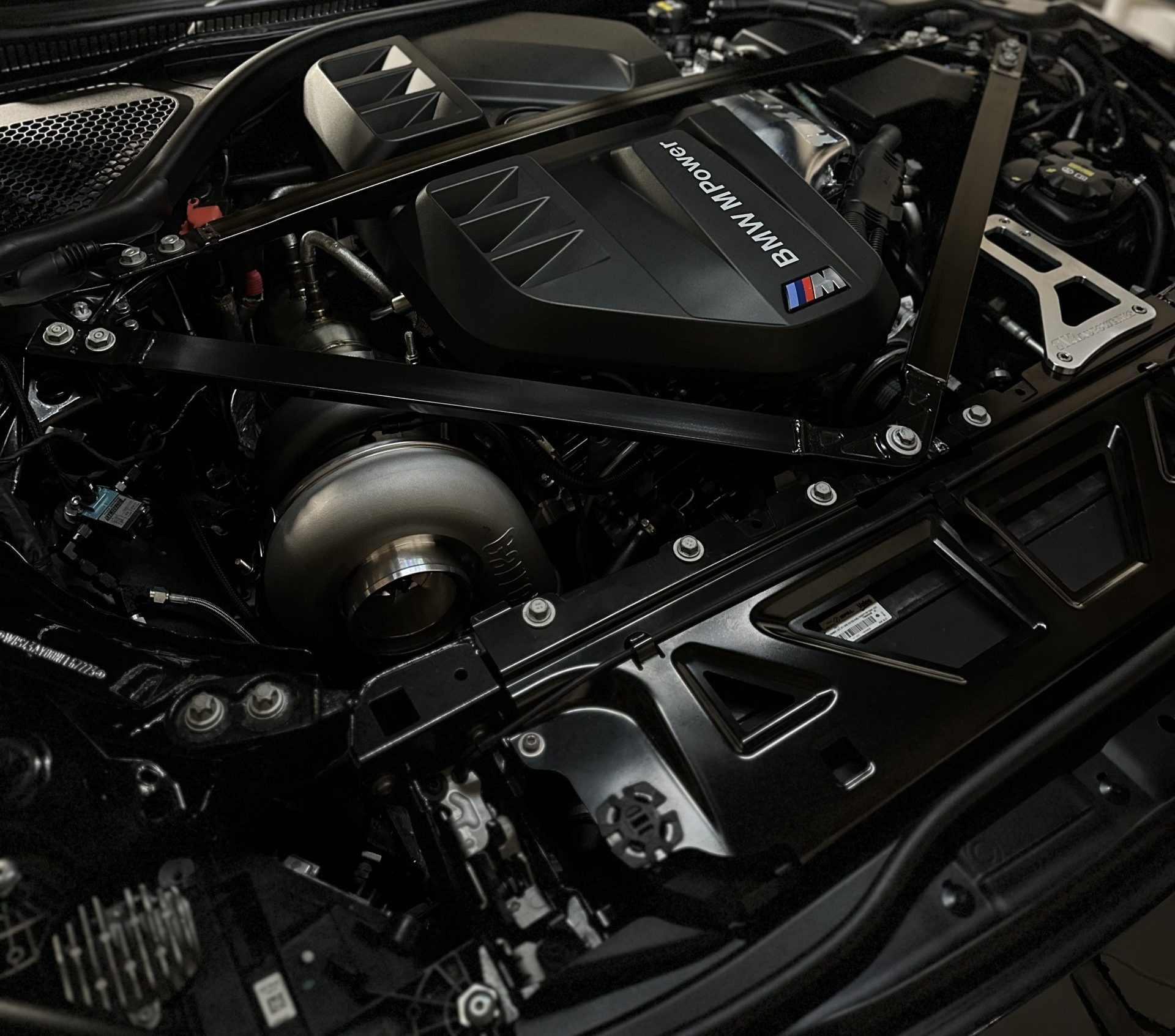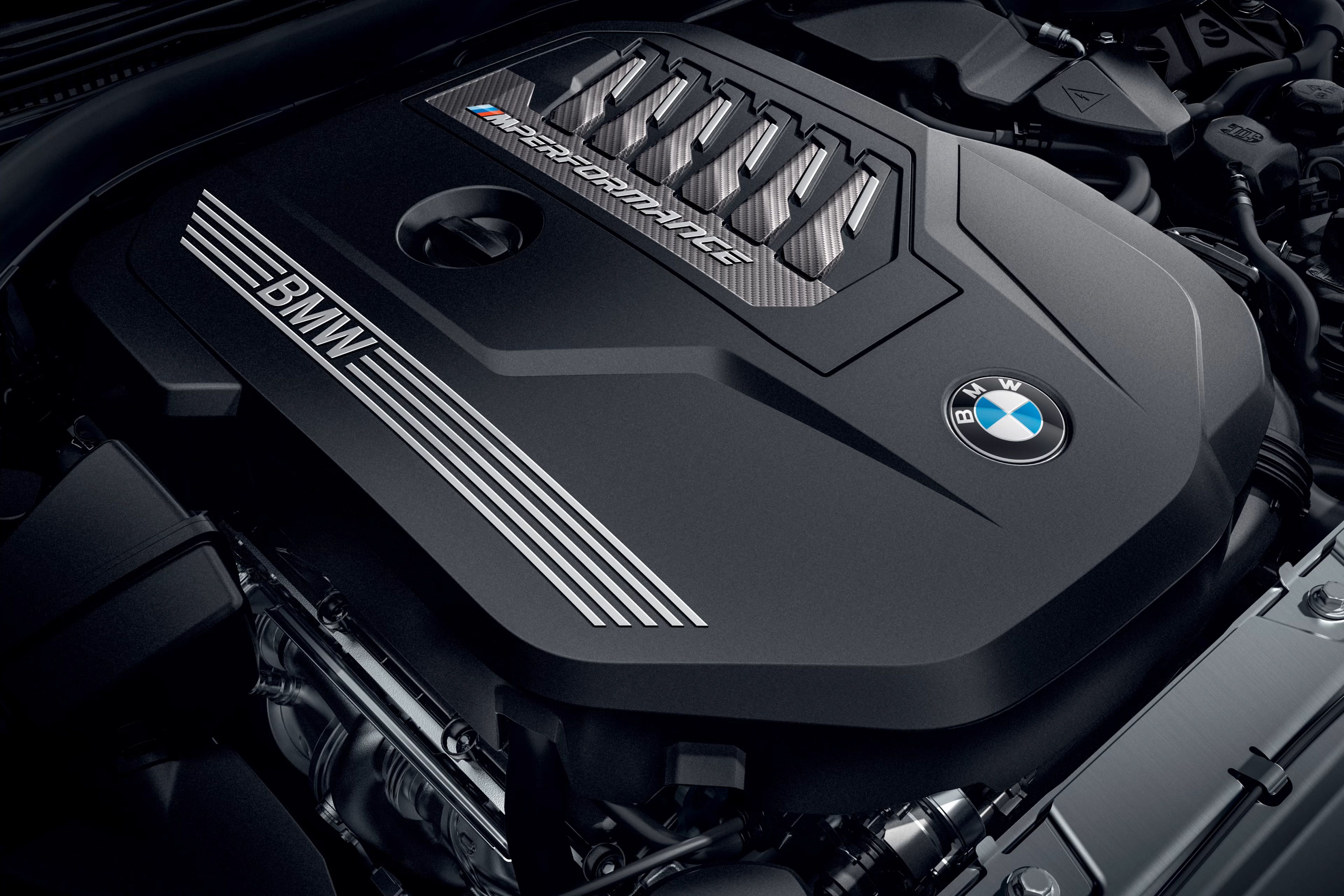Discovering the Efficiency Enhancements of the current BMW Engine Designs
Discovering the Efficiency Enhancements of the current BMW Engine Designs
Blog Article
Exploring the Development of Burning Engines in Modern Transport Equipments
As we browse the landscape of modern-day transport, the advancement of burning engines stands as a testimony to human resourcefulness and design prowess. From their simple beginnings to the advanced powerhouses pushing cars today, combustion engines have undergone a remarkable journey of innovation and adjustment. Recognizing the details of this advancement not just clarifies the past but additionally leads the means for imagining what lies ahead in the world of transport modern technology. The interaction of background, modern technology, and ecological issues fit the trajectory of burning engines develops a narrative that is both engaging and insightful.
Very Early Beginnings of Combustion Engines
How did the principle of combustion engines very first arise in the early stages of transport growth? The roots of burning engines can be mapped back to the 17th century when the concepts of inner combustion were very first discovered.
The advancement minute came with the creation of the initial effective gasoline-powered engine by Karl Benz in 1885 - bmw engine. This engine led the means for the advancement of the contemporary automobile, reinventing transportation systems worldwide. Succeeding developments by Nikolaus Otto and Gottlieb Daimler even more improved burning engine technology, resulting in the mass manufacturing of autos and the rapid expansion of the transportation market
These early combustion engines were defined by their simplicity and effectiveness, laying the foundation for the complex and powerful engines used in modern transport systems. The advancement of combustion engines has contributed fit the method we travel and transfer goods, noting a substantial landmark in the background of transportation development.
Transition to Internal Burning Innovation
The transition to internal burning innovation marked a pivotal change in the development of transport systems. This shift began in the late 19th century, with inventors like Nikolaus Otto and Gottlieb Daimler developing the initial effective internal burning engines. These engines reinvented transportation by offering an extra effective and effective alternative to vapor engines and electric motors.
Among the crucial benefits of interior burning engines was their capability to be scaled down to fit right into cars, leading to the growth of vehicles and bikes. This shift from bulky, fixed engines to compact, mobile ones led the way for the contemporary transportation systems we see today.
The change to internal burning technology likewise stimulated improvements in gas innovation, bring about the advancement of fuel and diesel as primary gas sources for cars. This change not only made transport much more obtainable to the masses but likewise laid the structure for the oil and gas industry to end up being indispensable to global economic situations.
Impact of Combustion Engines on Transport
The adoption of burning engines in transport systems catalyzed a profound change in the performance and speed of global wheelchair. Burning engines revolutionized transportation by giving a trustworthy and versatile resource of power for various cars, consisting of autos, ships, vehicles, and aircrafts. This development substantially boosted the ability for people and goods to move over long distances in shorter timespan, resulting in boosted connectivity between areas and countries.
Furthermore, the widespread use of combustion engines has had a considerable impact on financial growth. The capacity to move items efficiently has actually stimulated trade and business, allowing services to increase their markets and reach customers worldwide. This has actually promoted economic growth and globalization, as products can now be transferred quicker and in larger quantities than ever before.
Nonetheless, the ecological effect of combustion engines can not be overlooked. The combustion of fossil gas has actually resulted in air pollution and greenhouse gas exhausts, adding to climate adjustment and presenting health and wellness risks to populaces. bmw engine. go to the website Therefore, there is an expanding focus on establishing alternative propulsion modern technologies to minimize these unfavorable effects and develop a more lasting future for transportation
Innovations in Burning Engine Style
One remarkable innovation is the development of turbocharged engines, which make use of exhaust gases to drive a generator that compresses incoming air, enabling for more fuel to be burnt, resulting in boosted power outcome without a considerable rise in engine size. Variable valve timing systems have actually additionally reinvented engine design by enhancing airflow at different engine speeds, improving both power and performance. These technologies collectively add to the continual enhancement of combustion engines in modern transportation systems.
Future Fads in Combustion Engine Advancement
With technology innovations driving continuous technology, the future of combustion engine advancement is poised to revolutionize transportation systems internationally. One of the key patterns in burning engine development is the push in the direction of better efficiency and minimized emissions.
An additional noticeable trend is the adoption of crossbreed technologies in combustion engines. Hybrid engines integrate typical combustion innovation with electrical power, supplying enhanced gas performance and lower emissions. As the vehicle sector changes towards electrification, hybrid combustion engines are seen as a transitional service that connects the gap in between conventional automobiles and completely electrical ones.
In addition, the integration of smart technologies, such as expert system and information analytics, is anticipated to play a substantial role in the future of combustion engine development. These innovations can enhance engine performance in real-time, resulting in a lot more effective combustion processes and enhanced overall vehicle efficiency. Welcoming these future fads will certainly not only drive development in combustion engine development but also contribute to an extra eco pleasant and sustainable transportation community.

Conclusion
In final thought, the development of combustion engines in modern-day transportation systems has been noted by substantial improvements in innovation and design. From the very early starts of combustion engines to the change to interior combustion modern technology, these engines have actually had a profound effect on transportation.
The origins of combustion engines can be mapped back to the 17th century when the concepts of internal burning were very first explored. These engines changed transport by offering an extra effective and effective alternative to vapor engines and electric motors.

Report this page